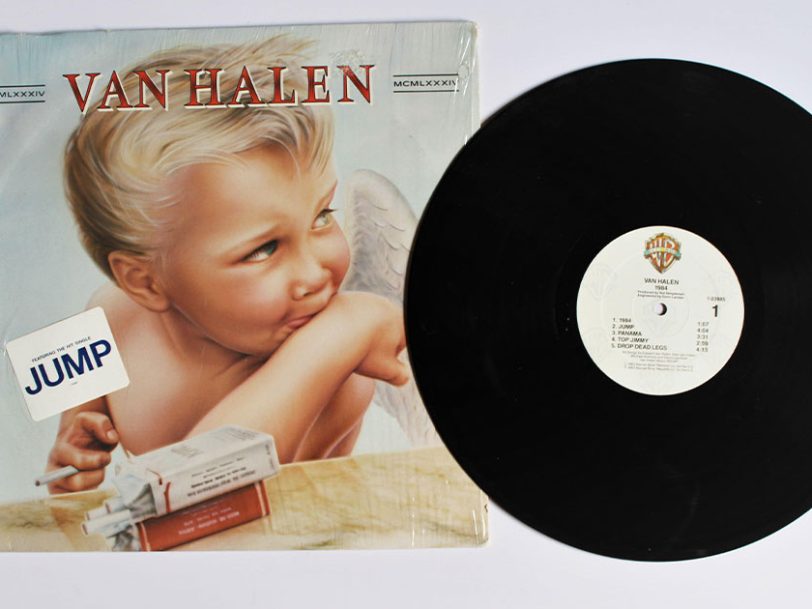Issued in its namesake year, Van Halen’s sixth album, 1984, may have lacked the portentous overtones of the George Orwell novel it took its name from, but – with some justification – it’s since been bestowed with an equally iconic status. A highly consistent rock record further enhanced by guitarist Eddie Van Halen’s embrace of synthesisers, 1984 was first released on 9 January of that year and, boasting a controversial artwork that ranks among the best Van Halen album covers, it took the music world by storm. Peaking at No.2 on the Billboard 200 (behind Michael Jackson’s Thriller, which featured a guest appearance from Eddie Van Halen, on the hit single Beat It), it yielded three major hits – including the chart-topping Jump – on the way to selling ten million copies in the US, where it received a coveted diamond certification.
1984 also proved to be the swan-song release by Van Halen’s classic initial line-up of Eddie and brother Alex Van Halen (drums), plus bassist Michael Anthony and flamboyant vocalist David Lee Roth. Yet while Van Halen enjoyed further big-selling albums with Sammy Hagar as their frontman role, 1984 remains unequivocally one of the best Van Halen albums of all time.




